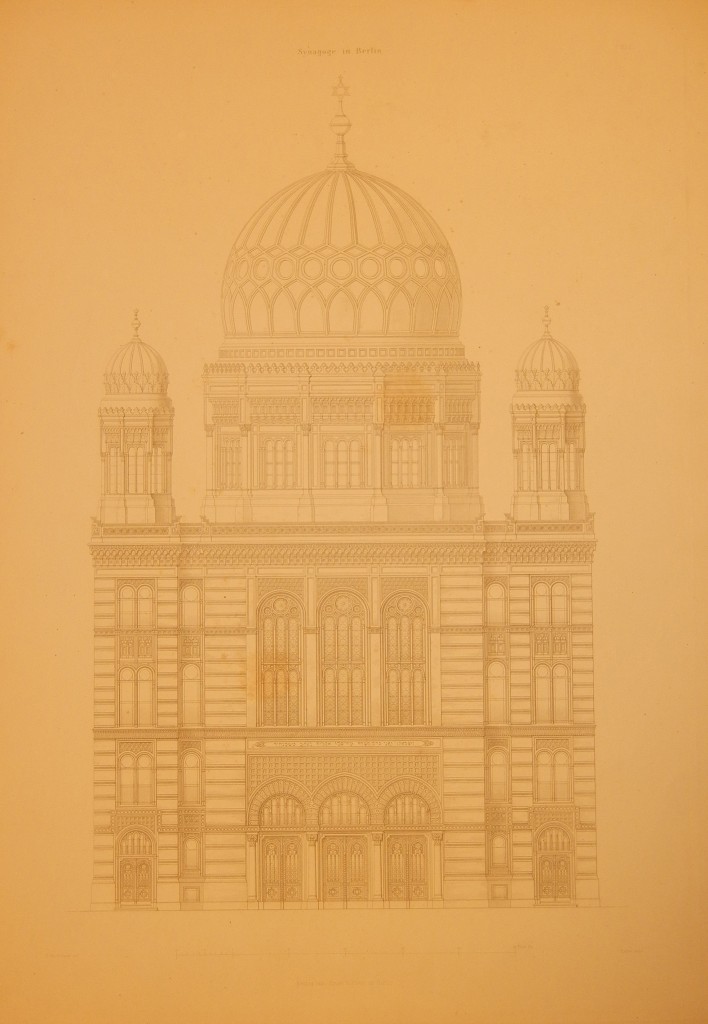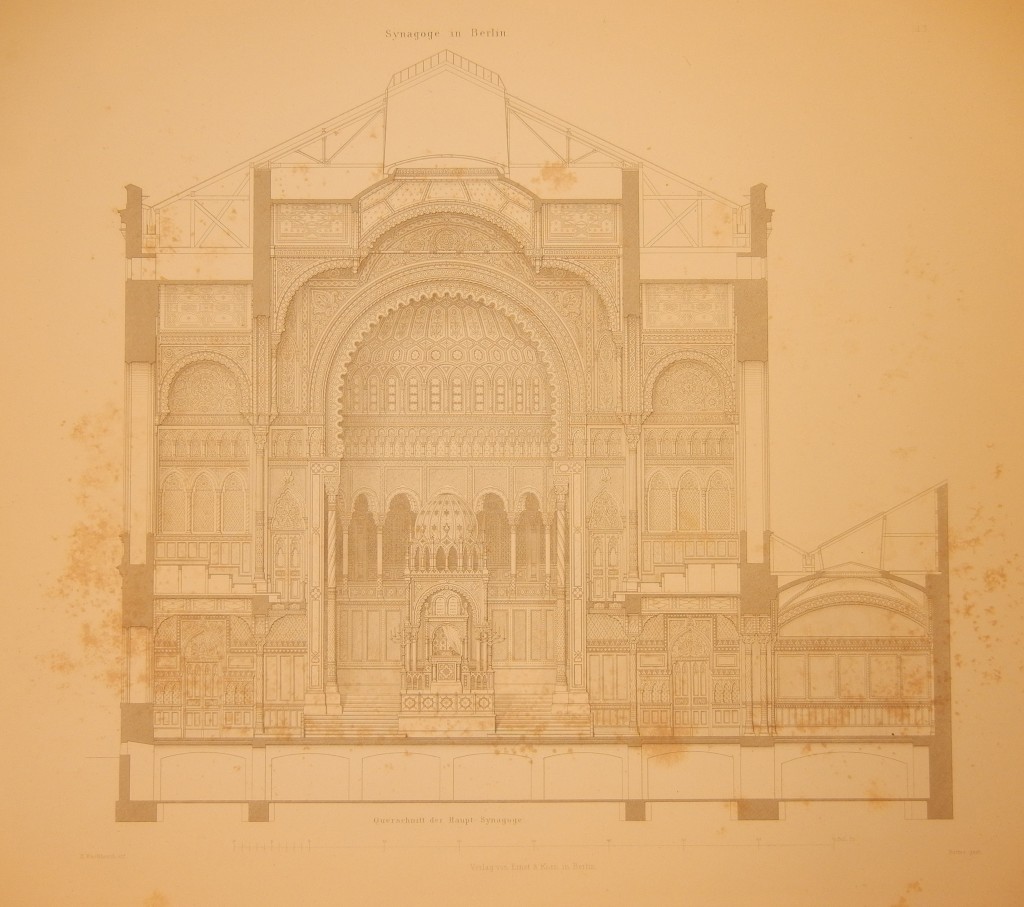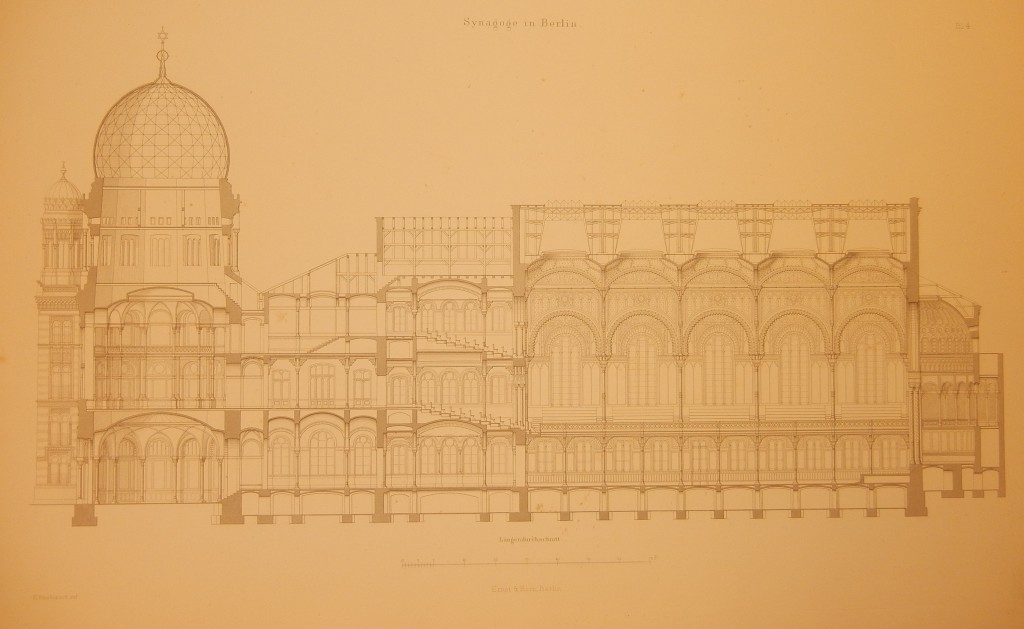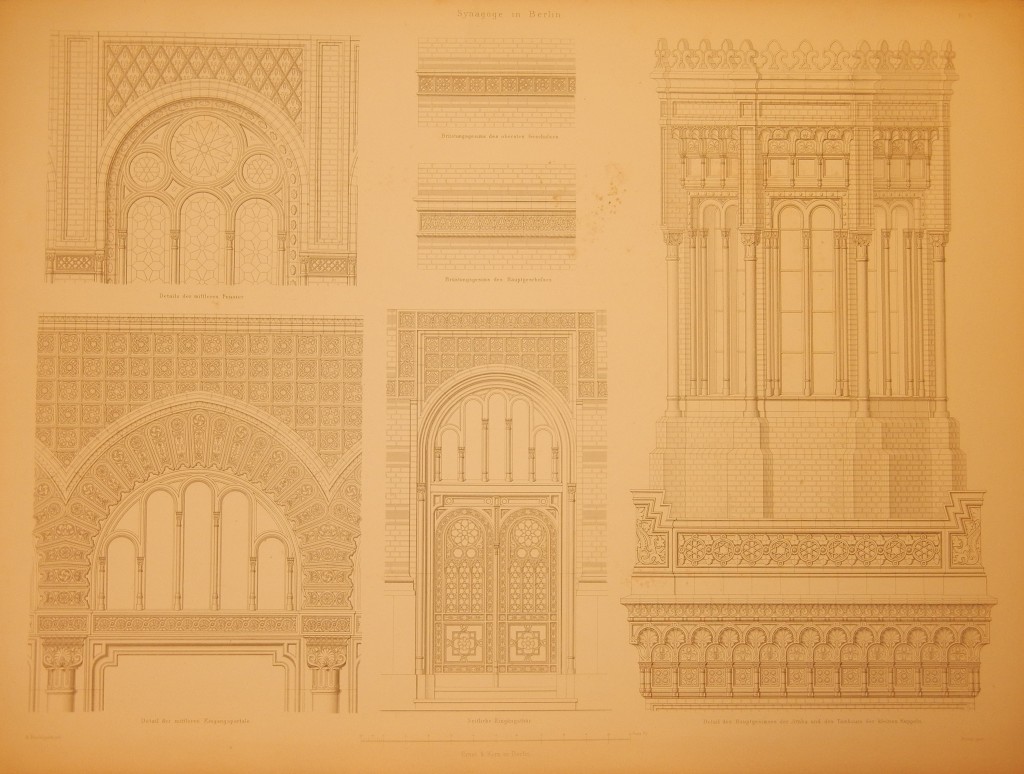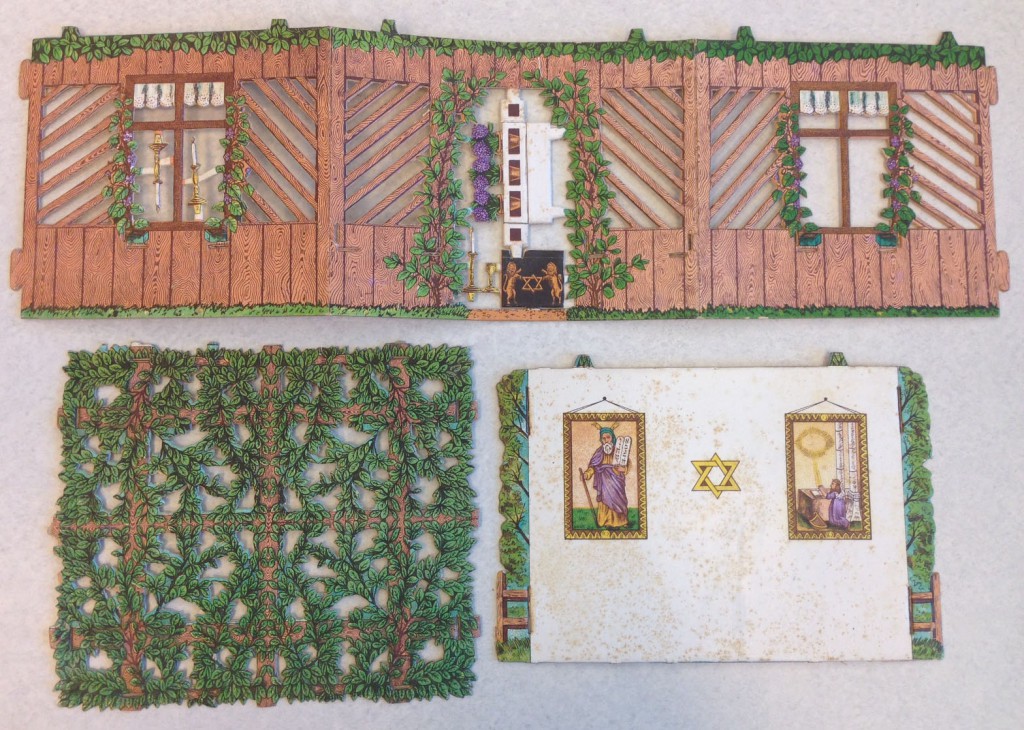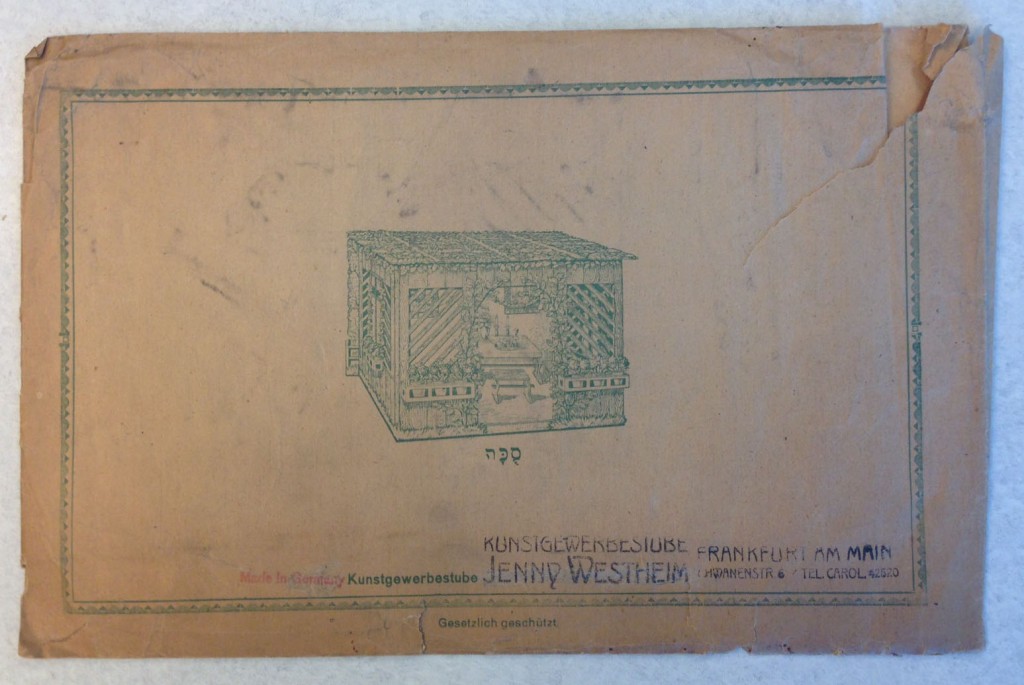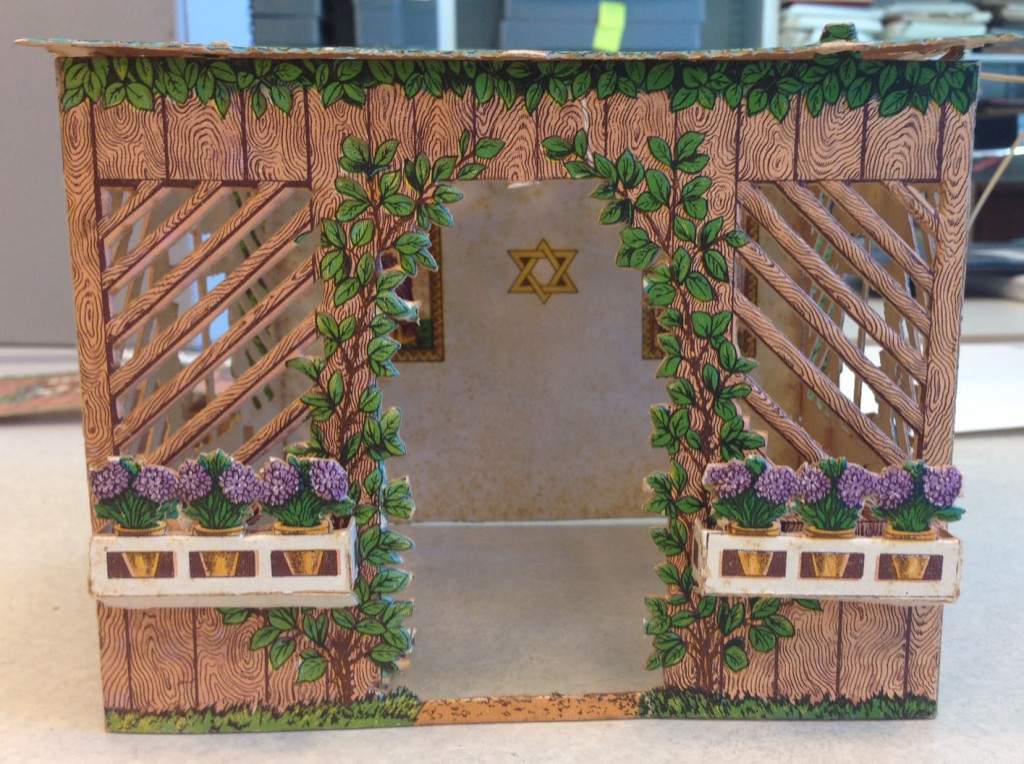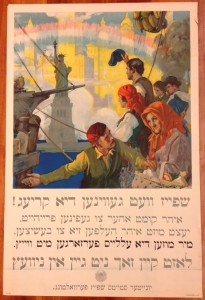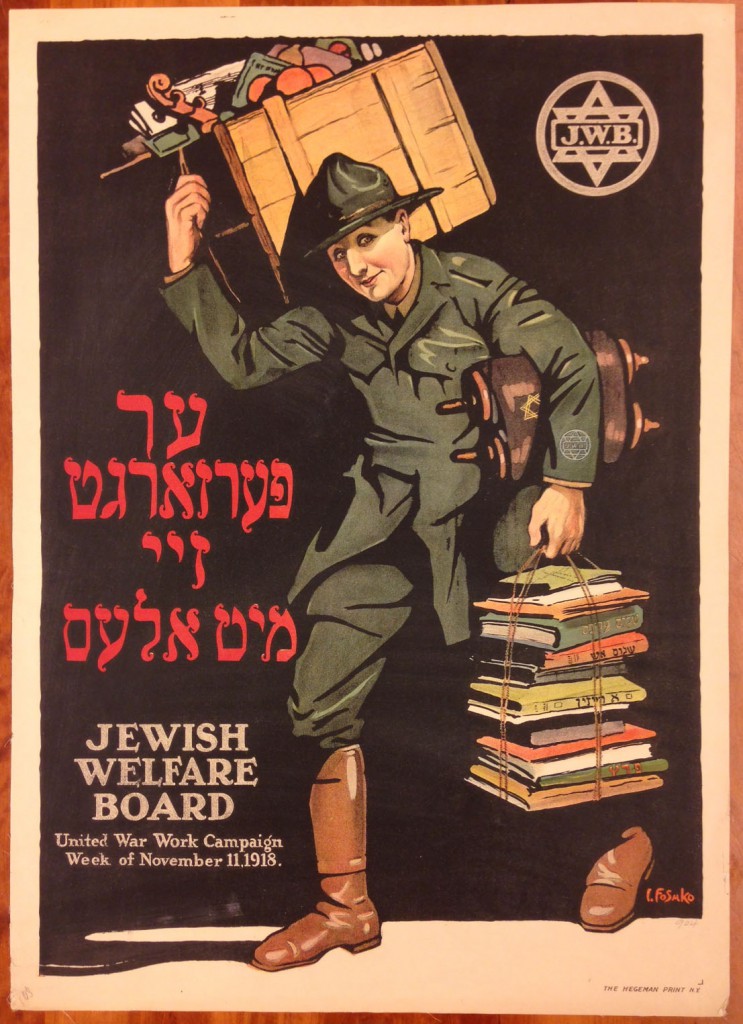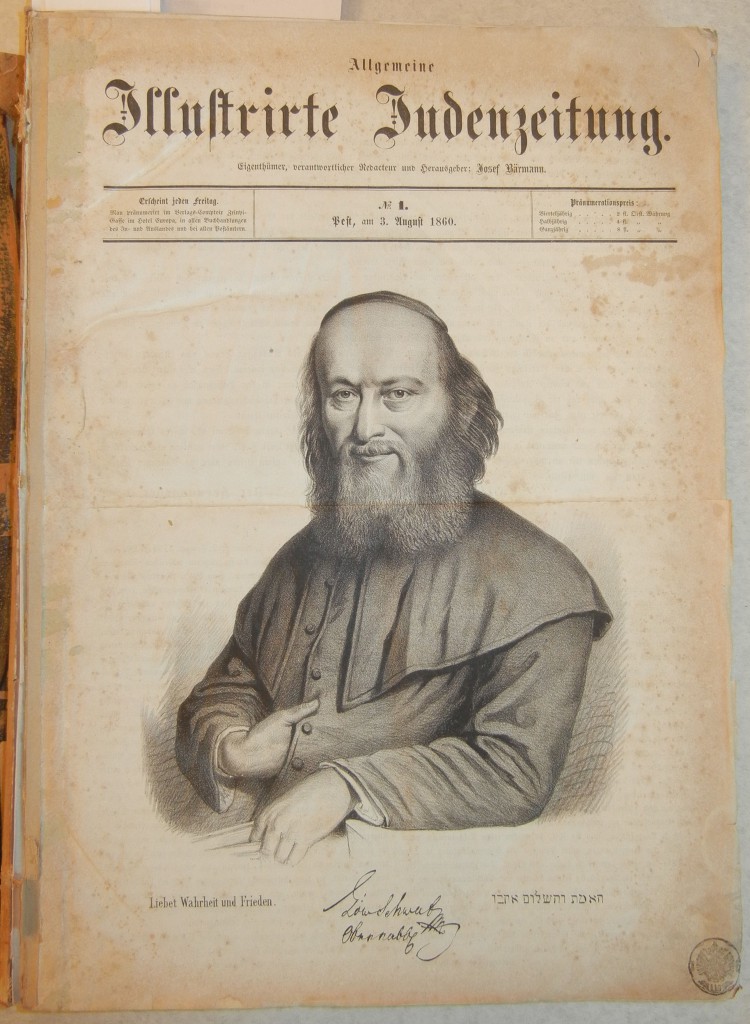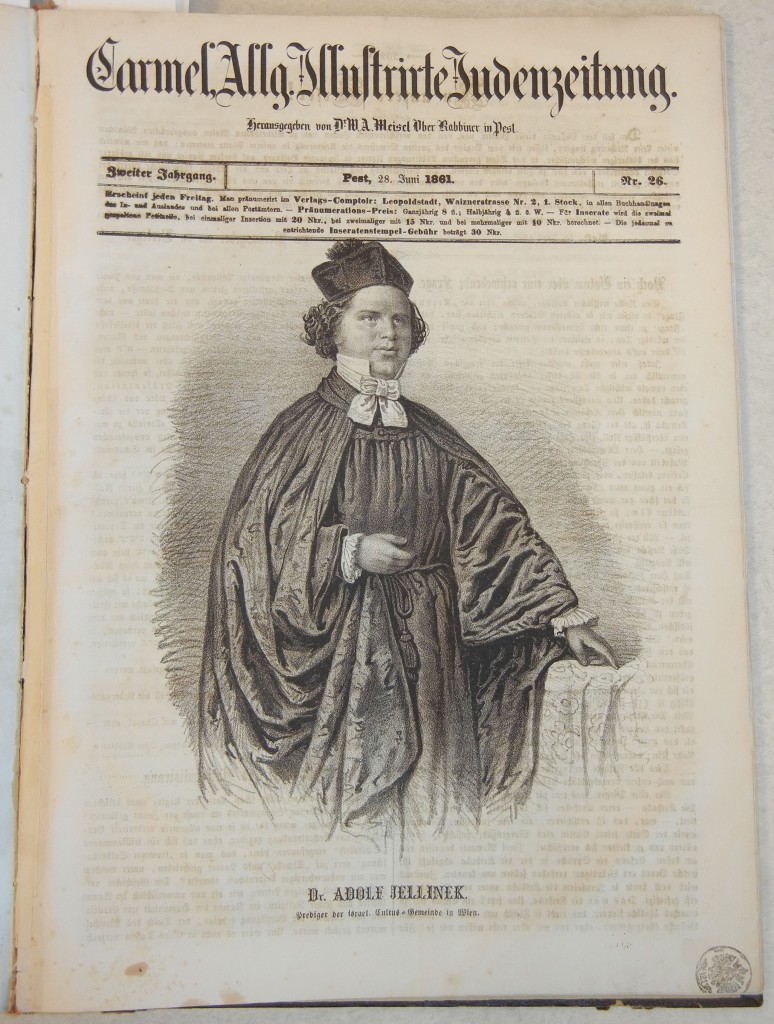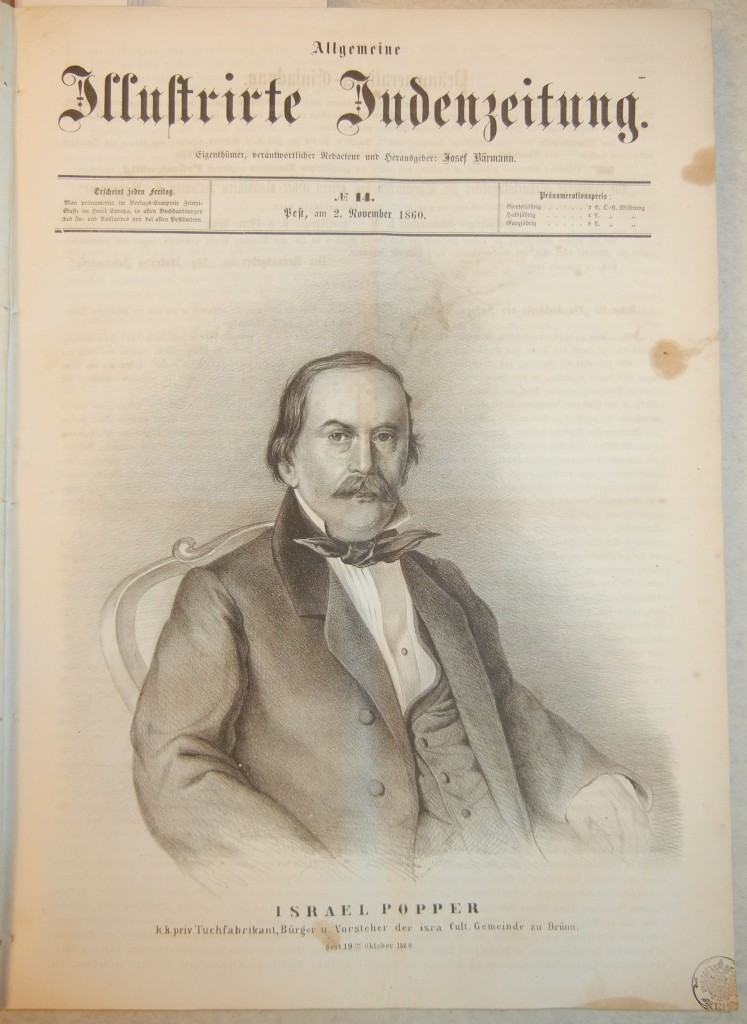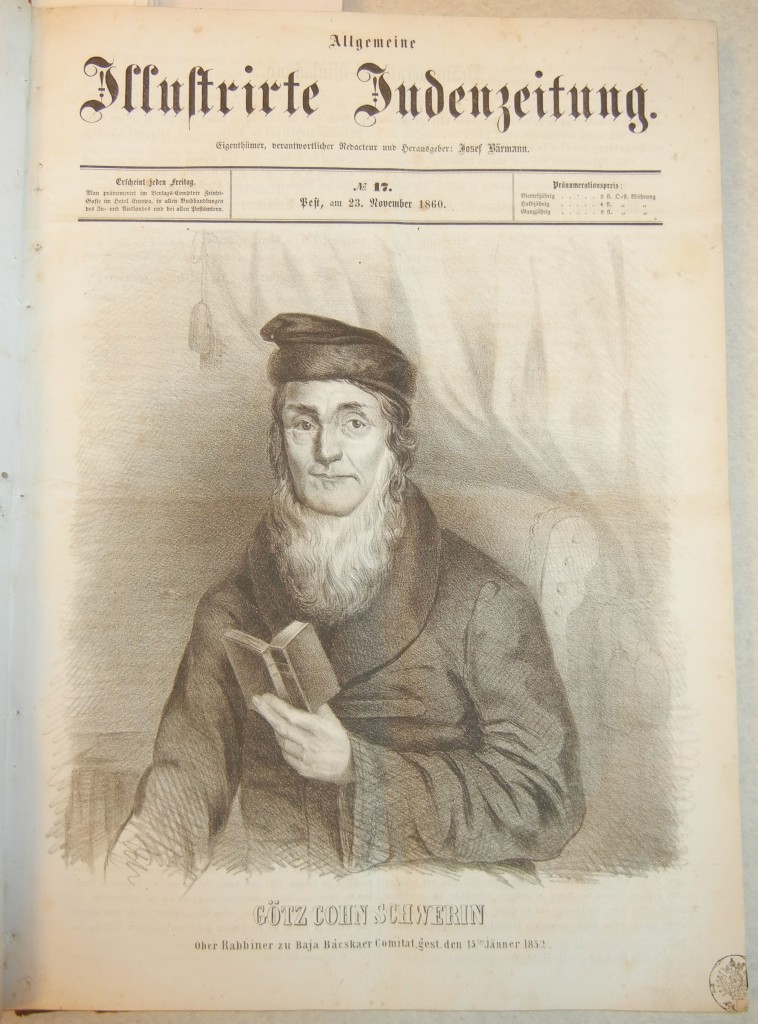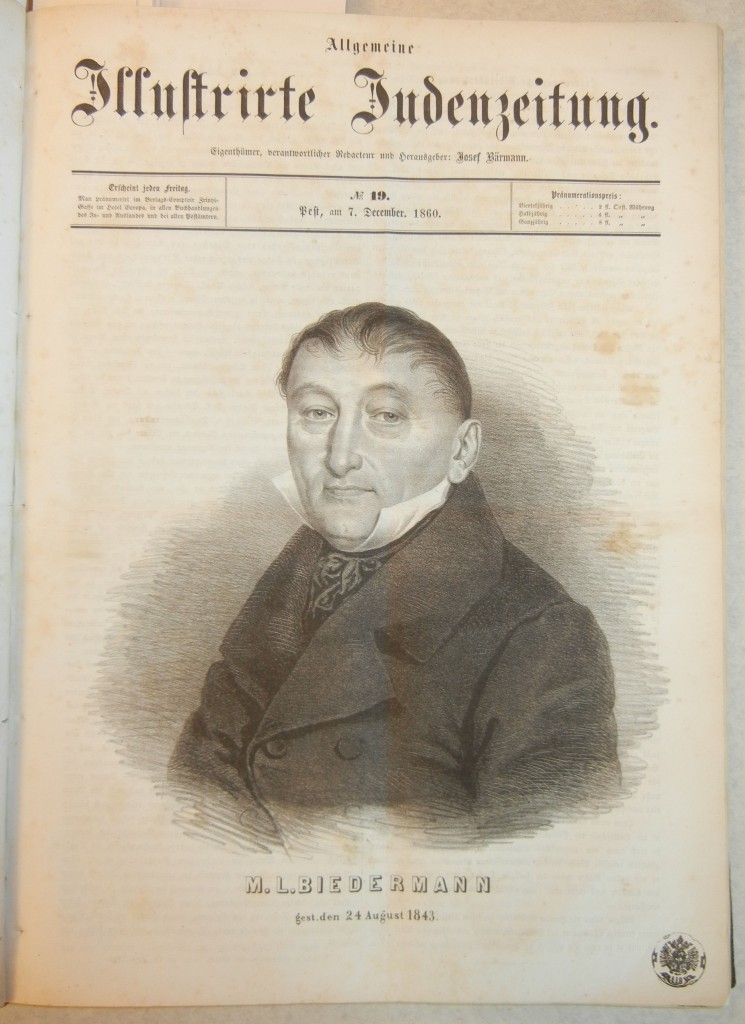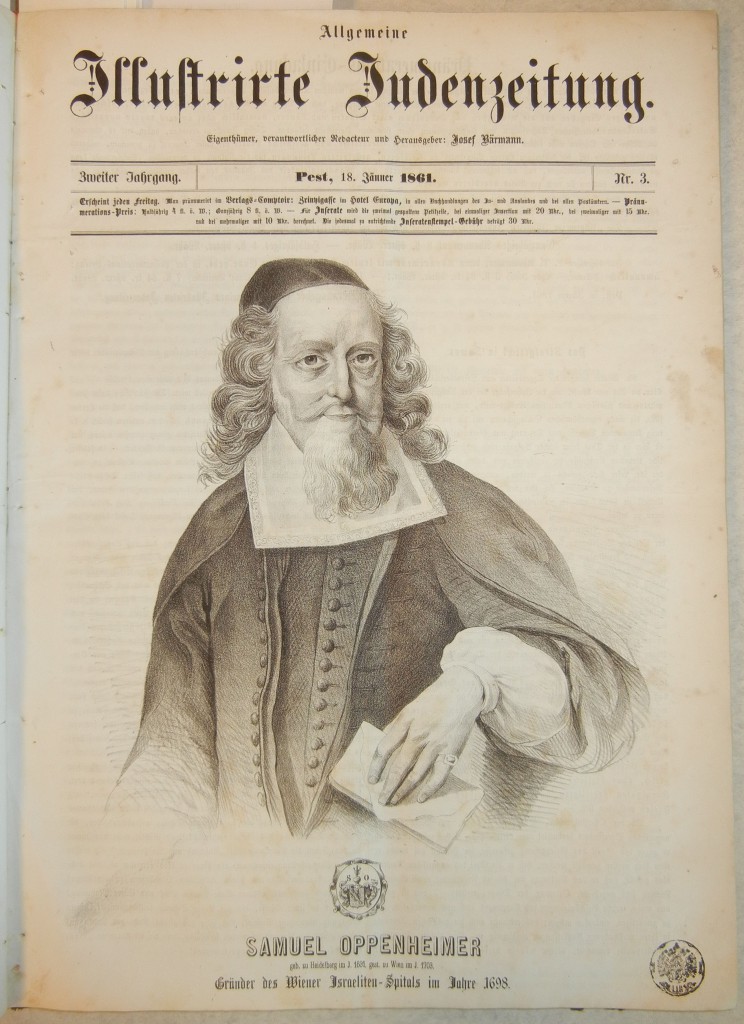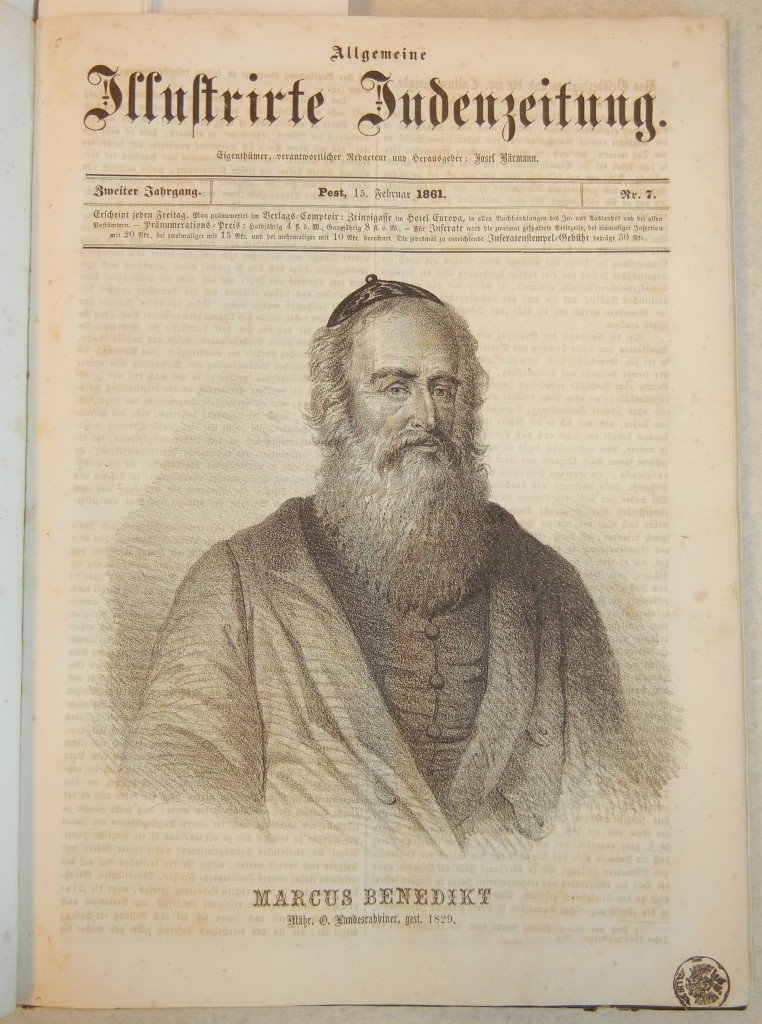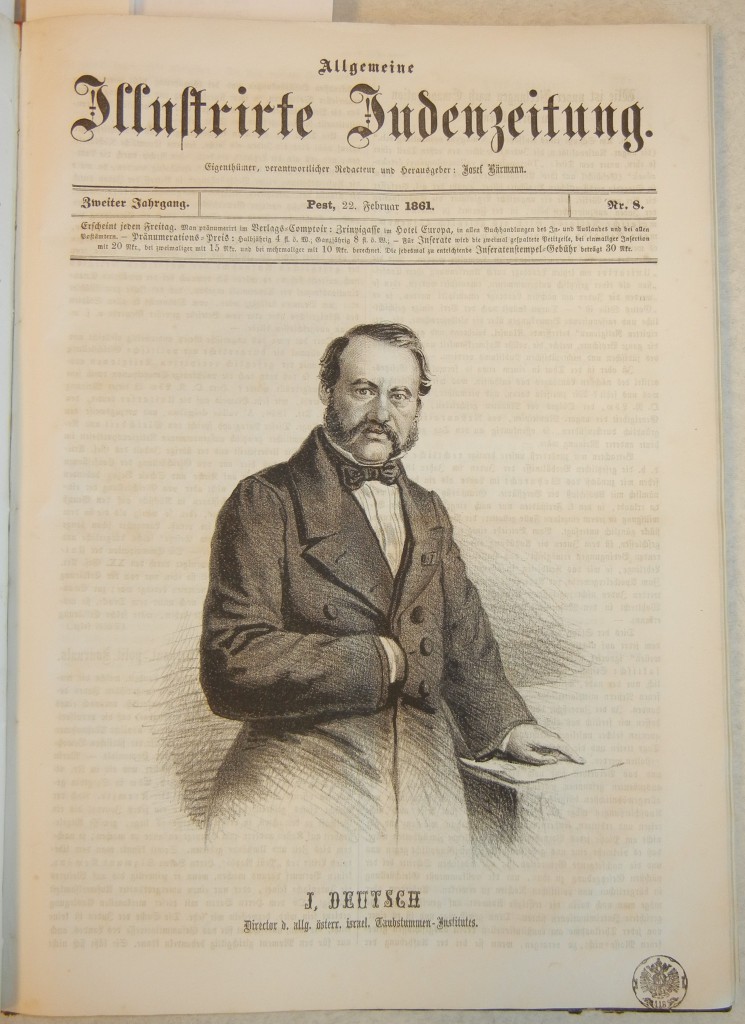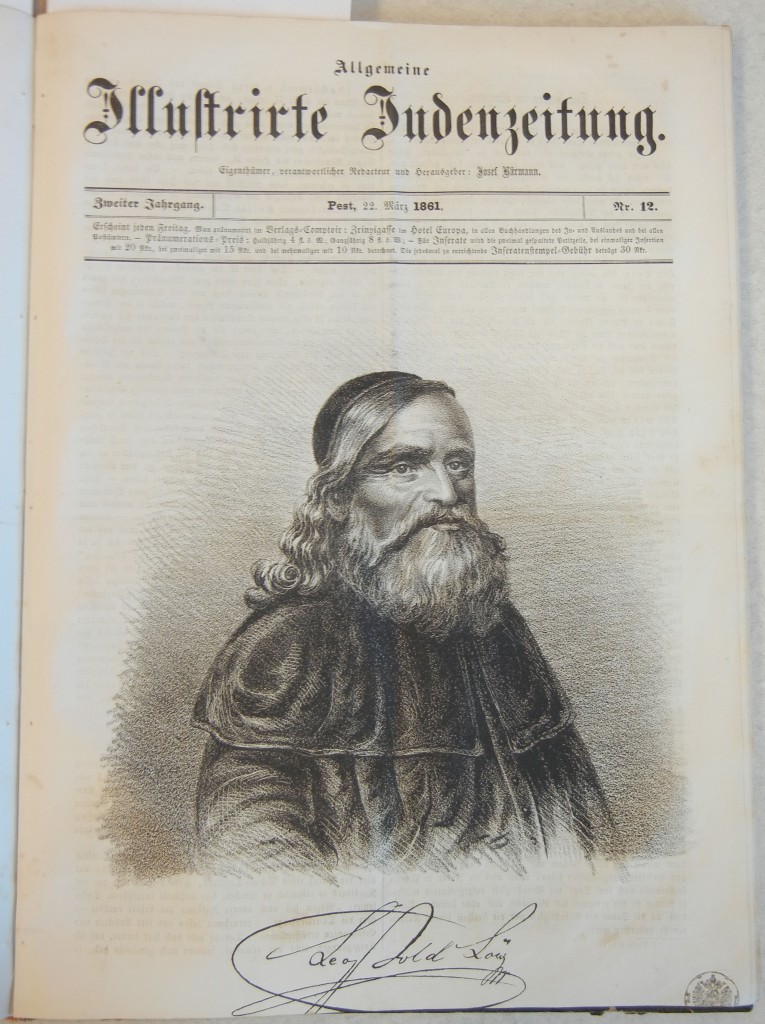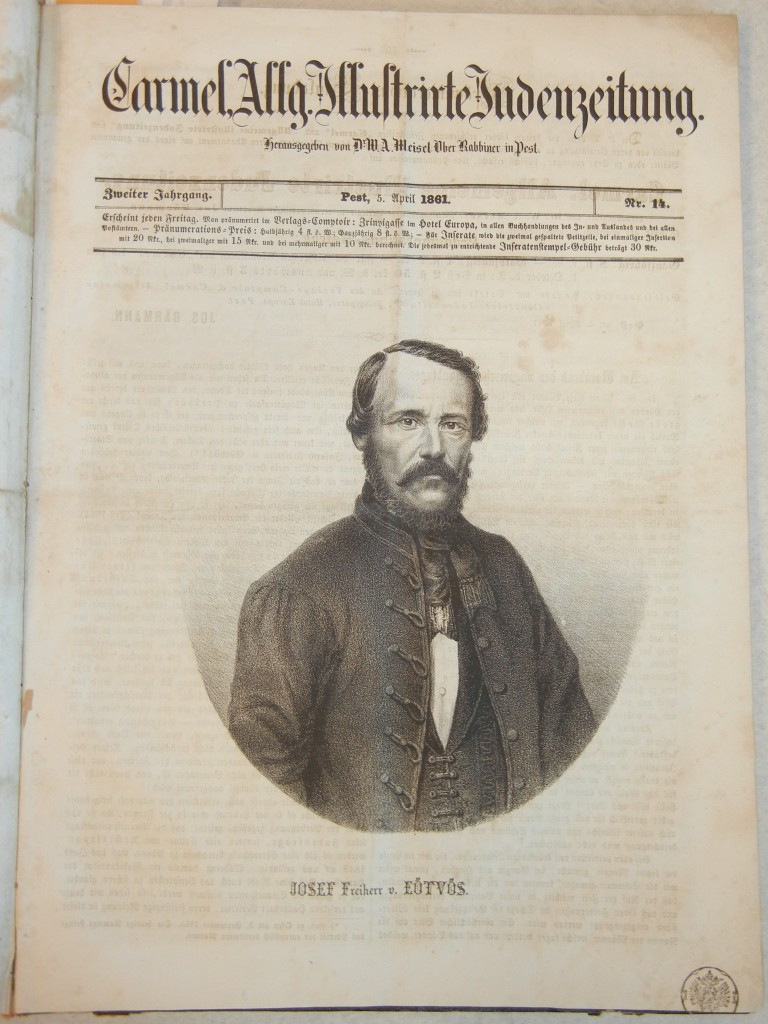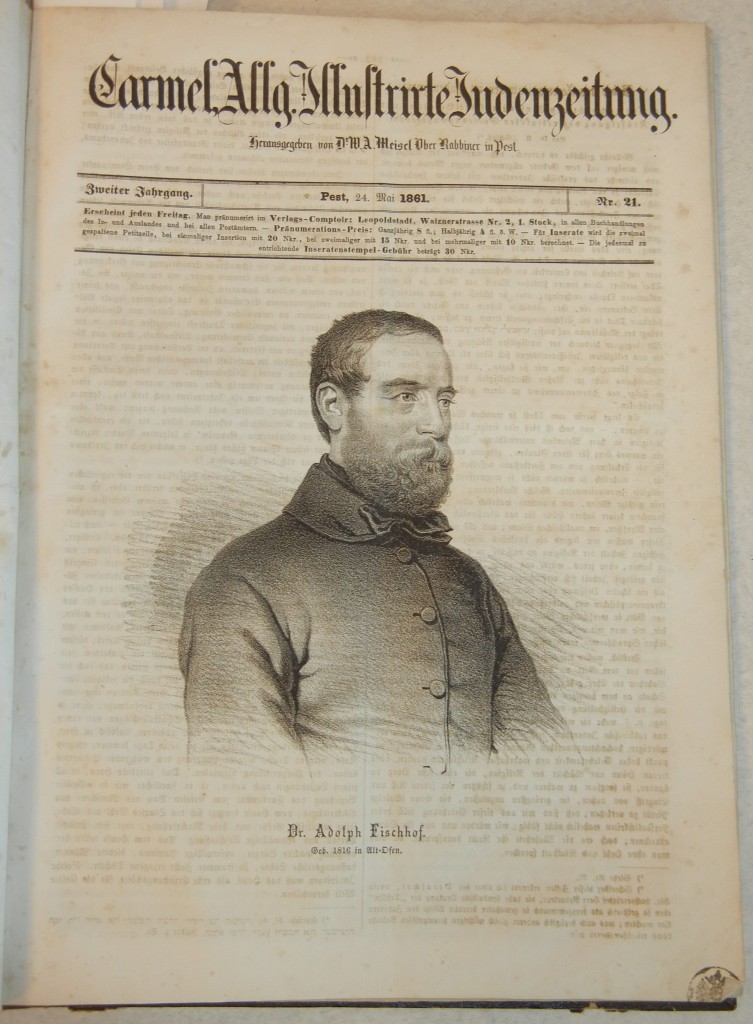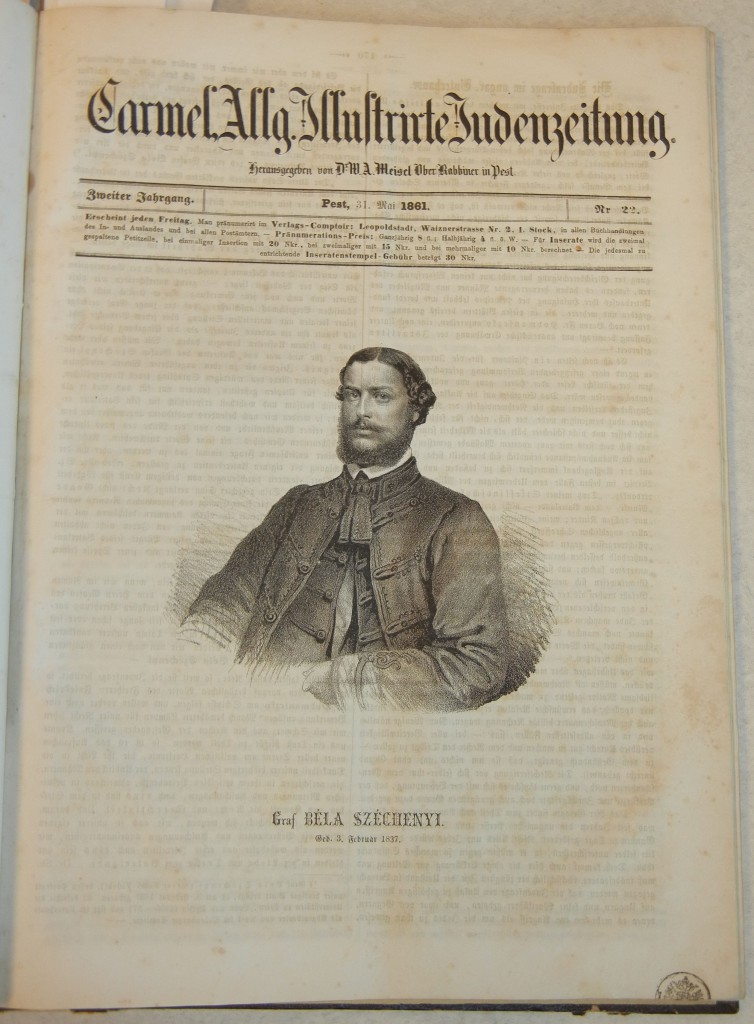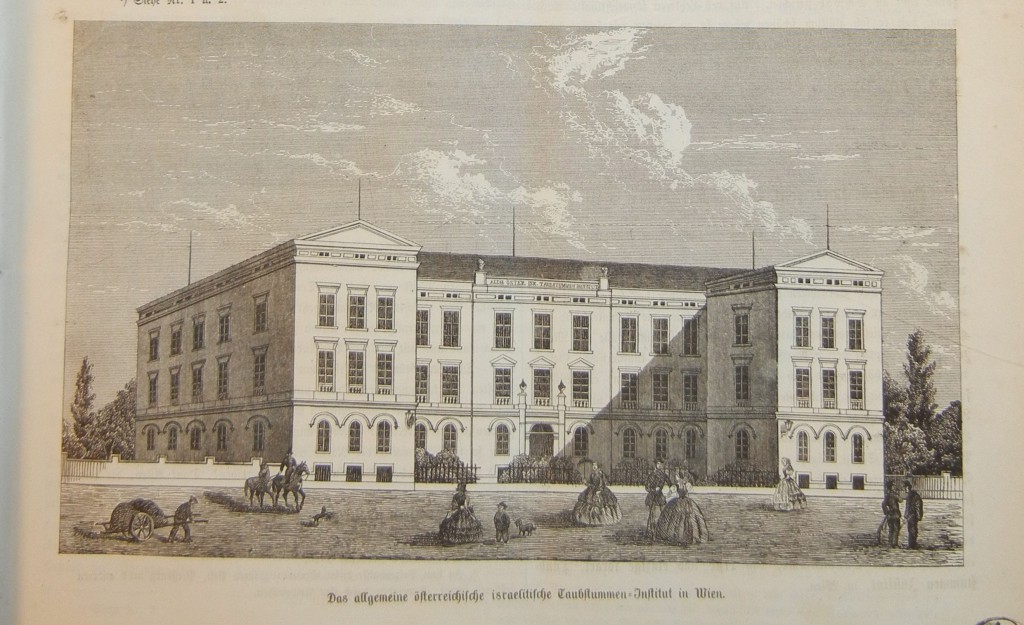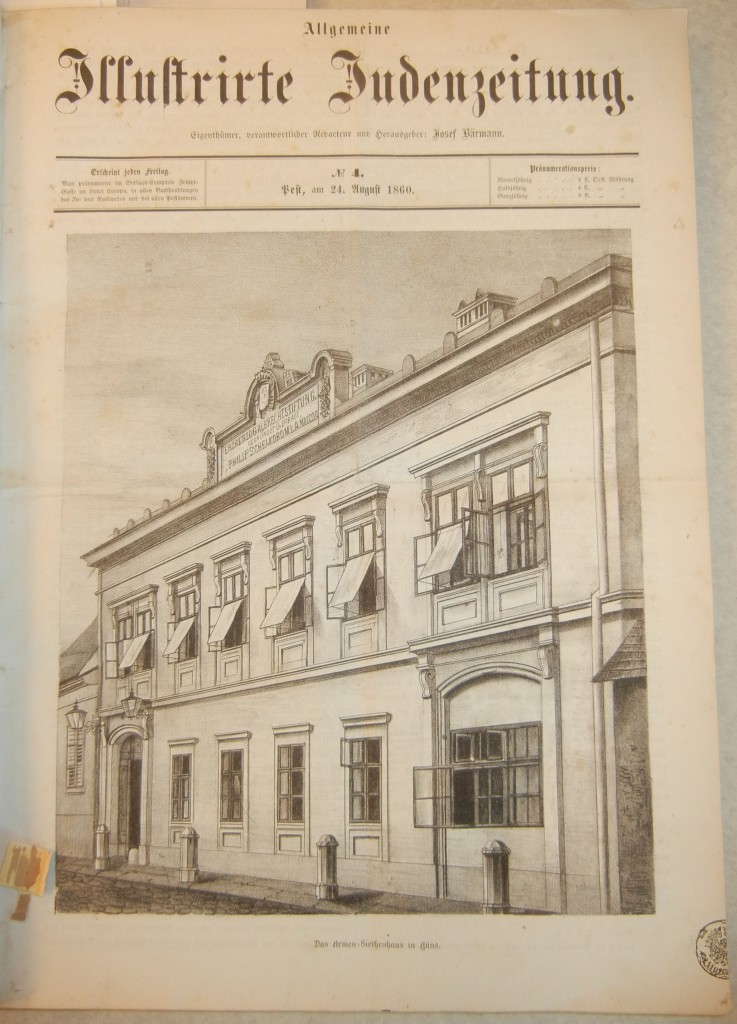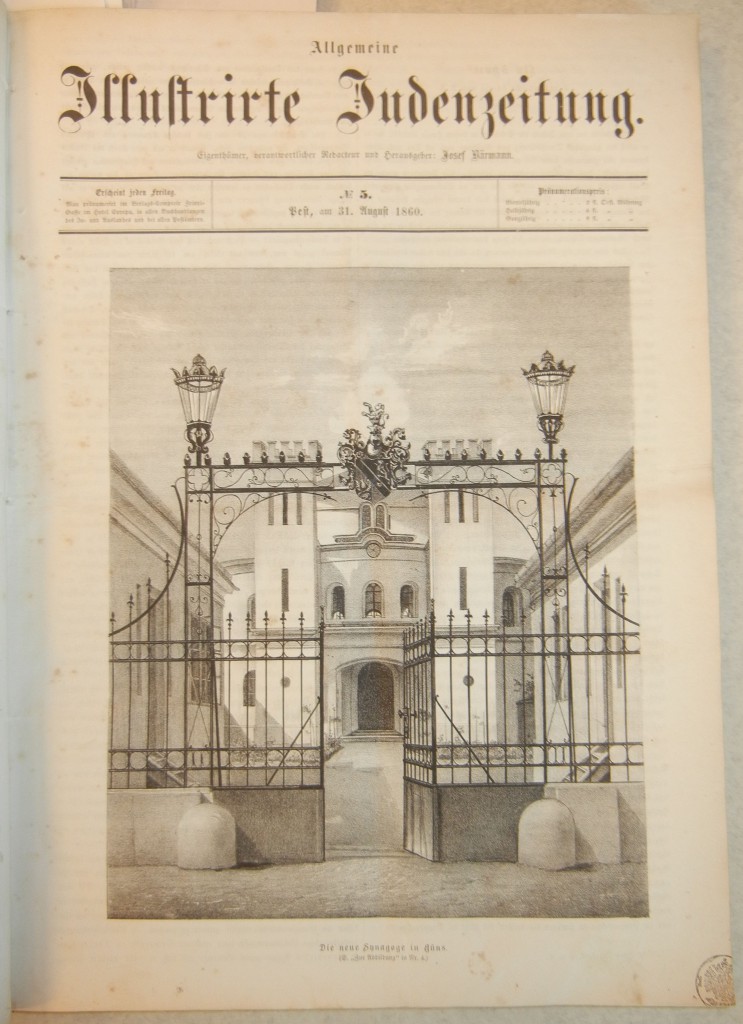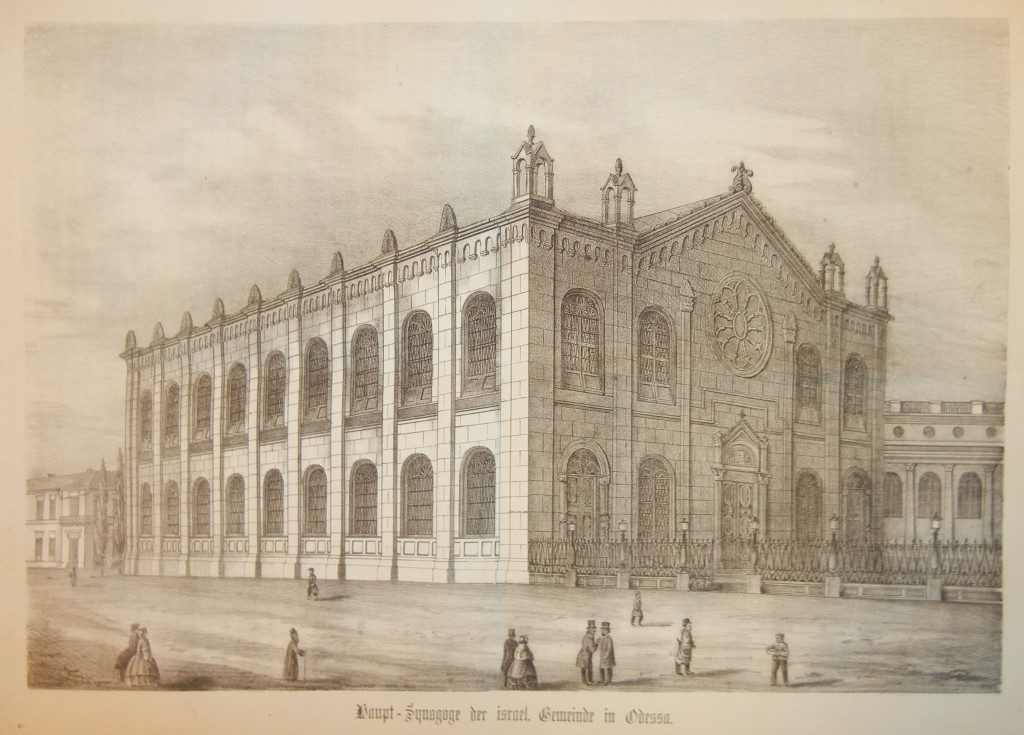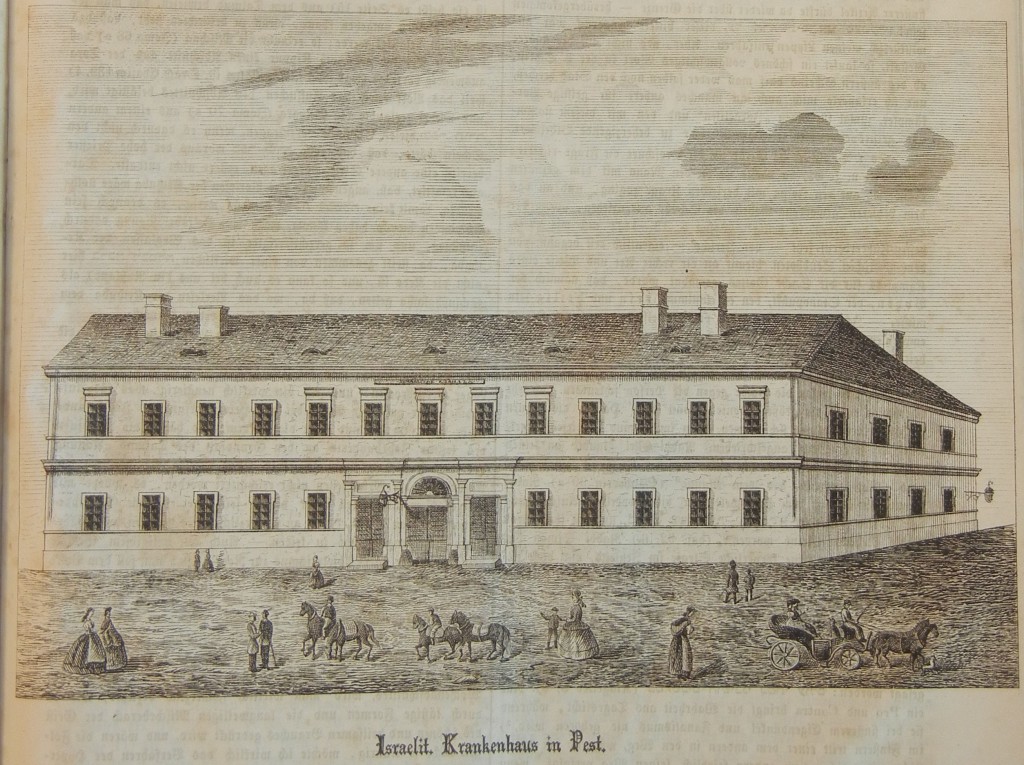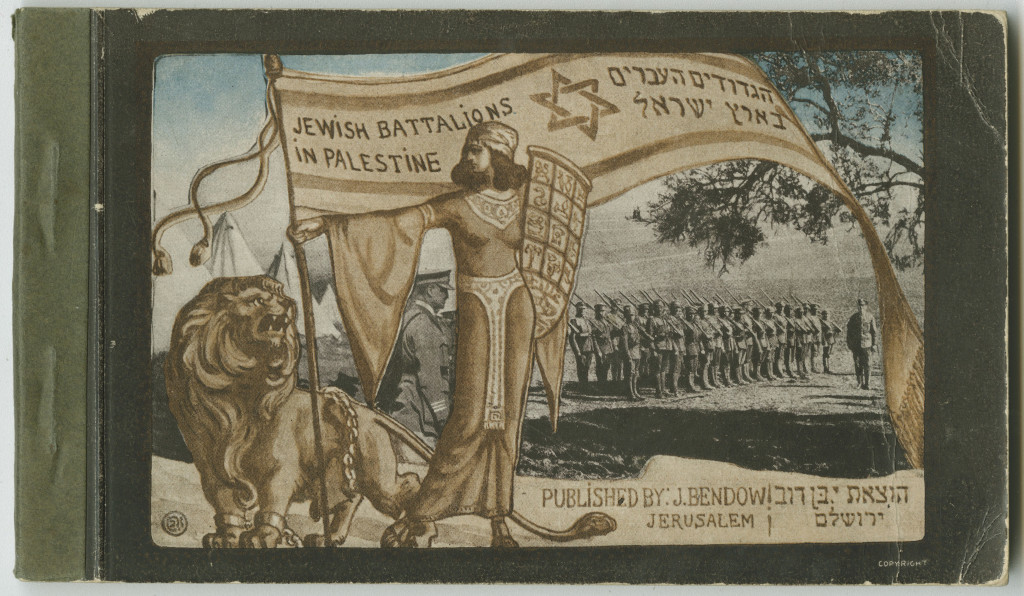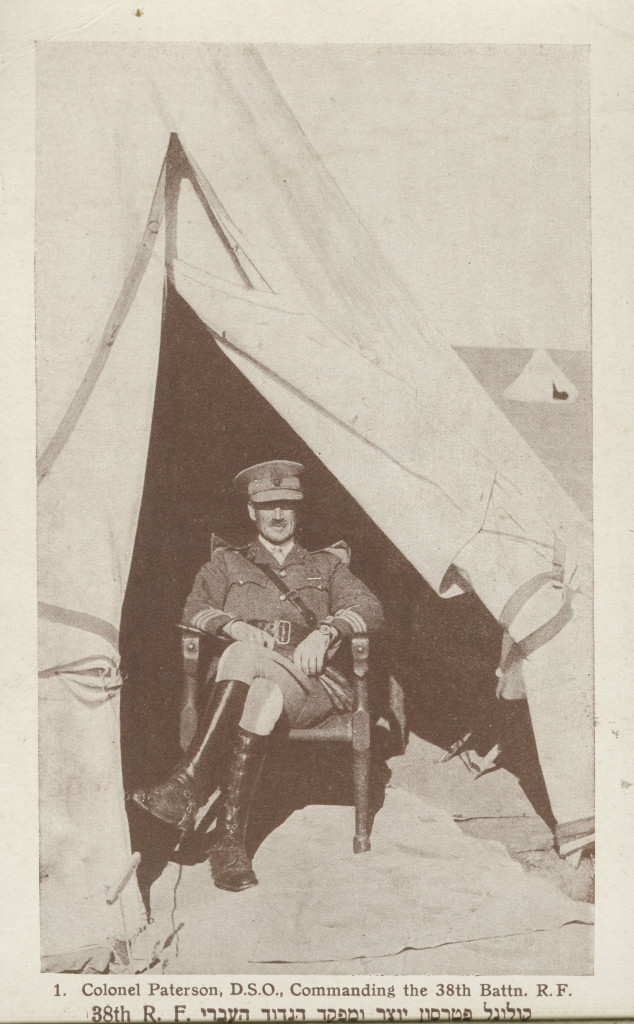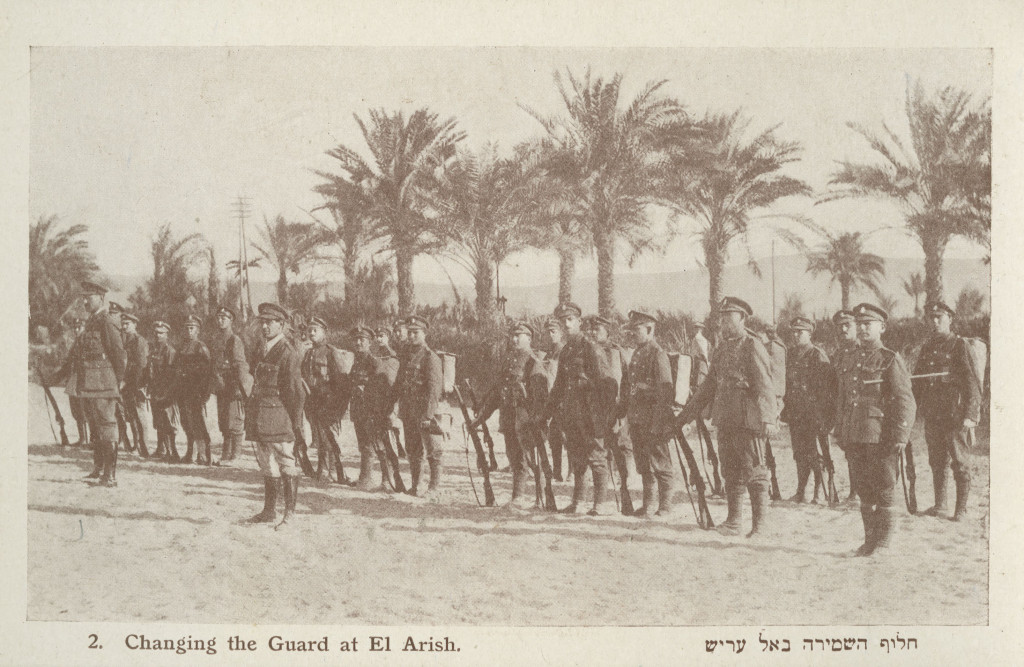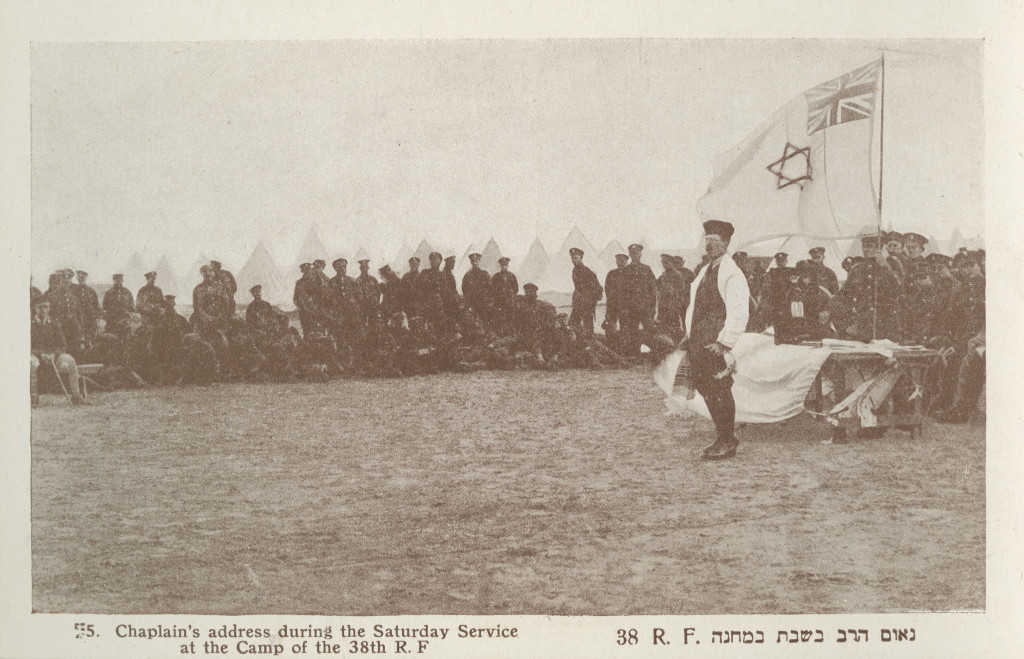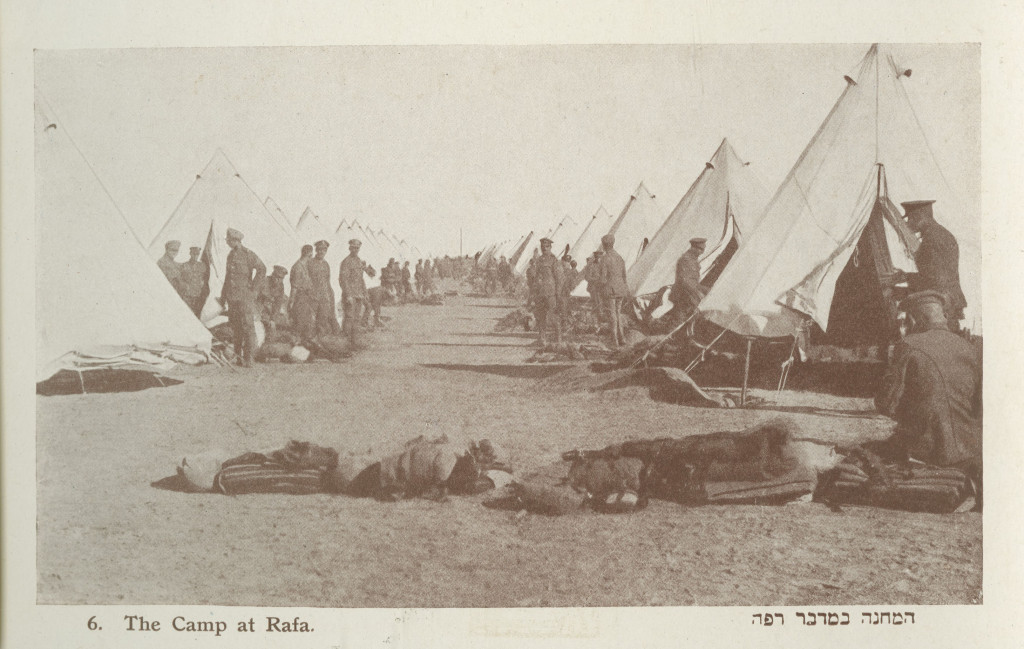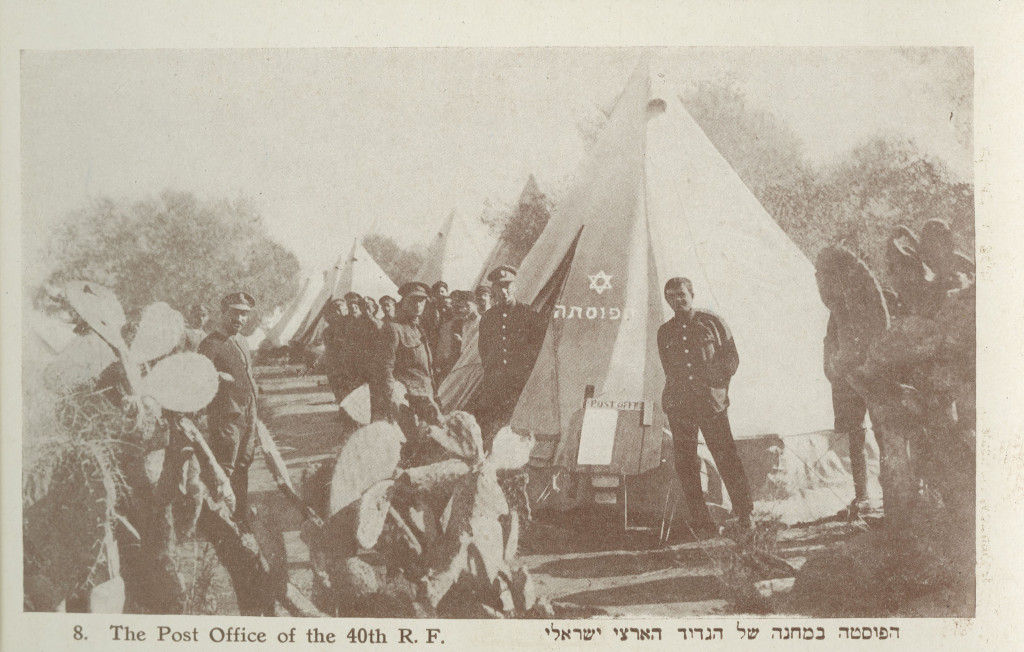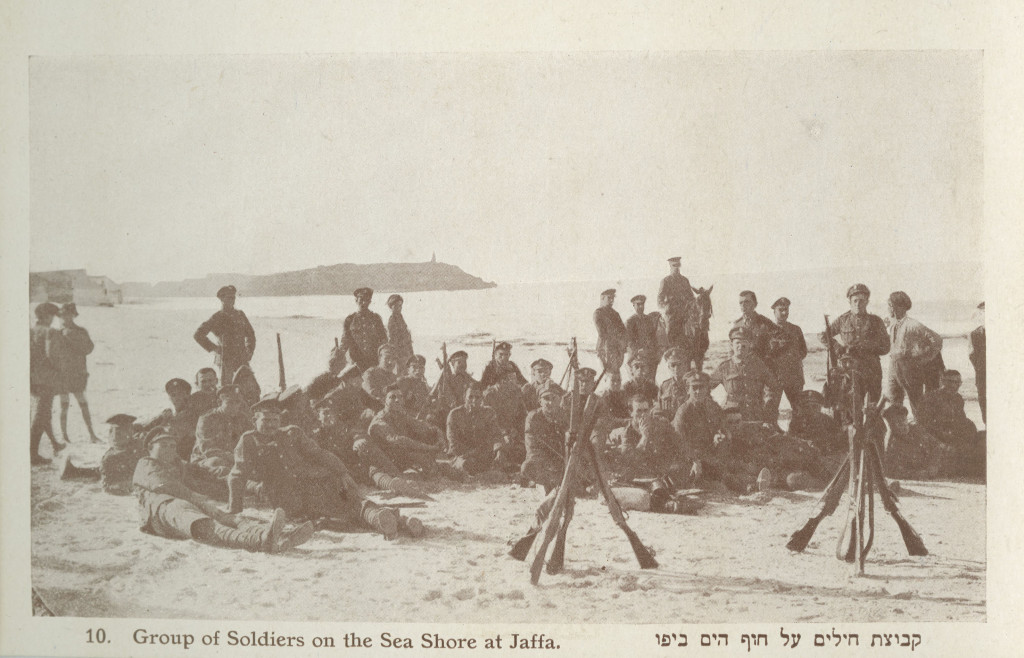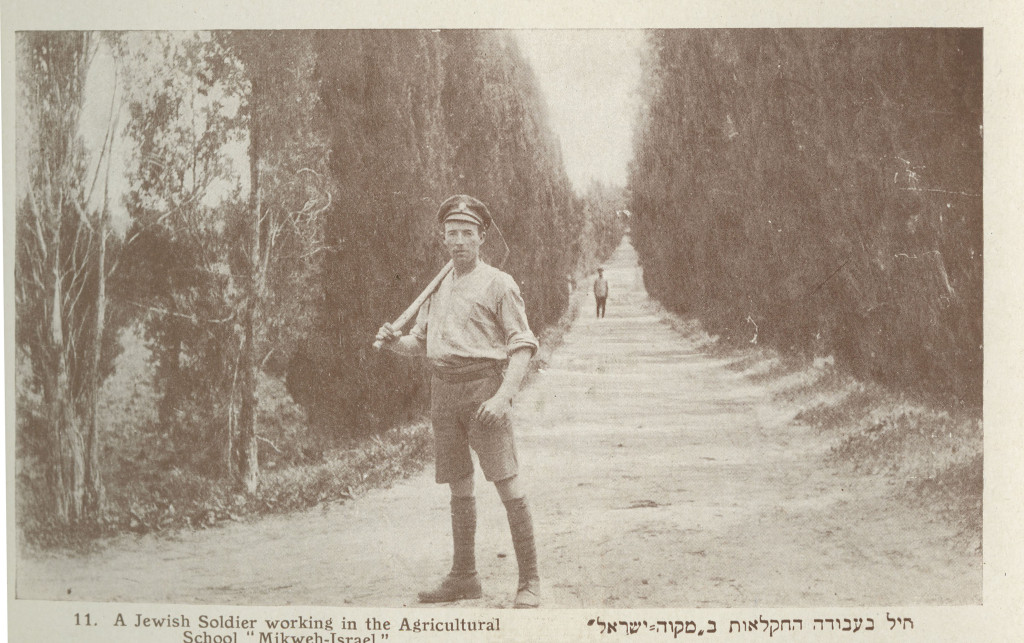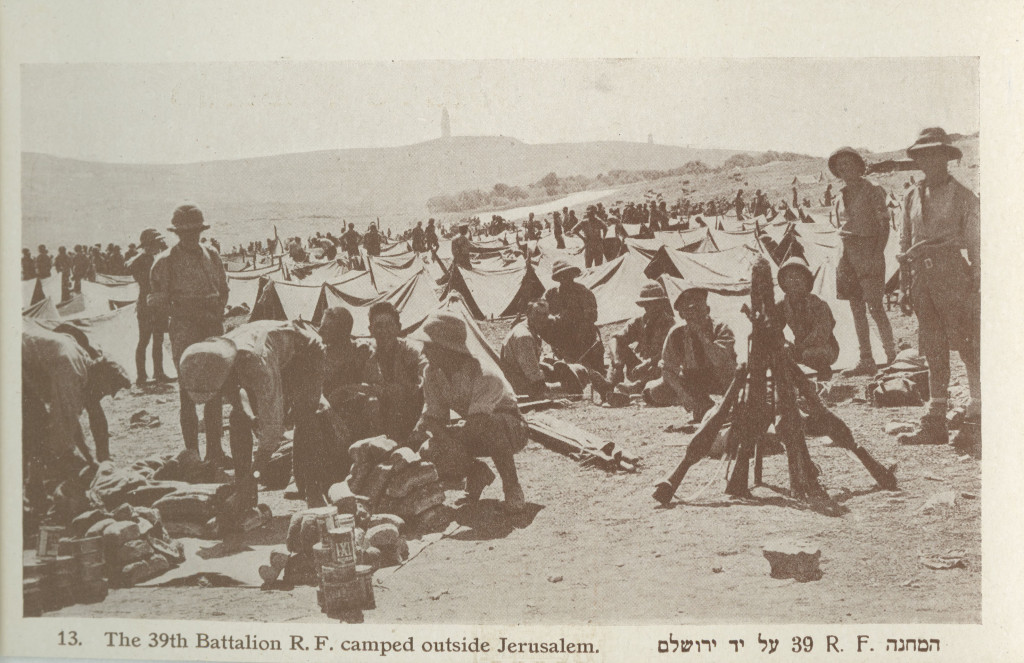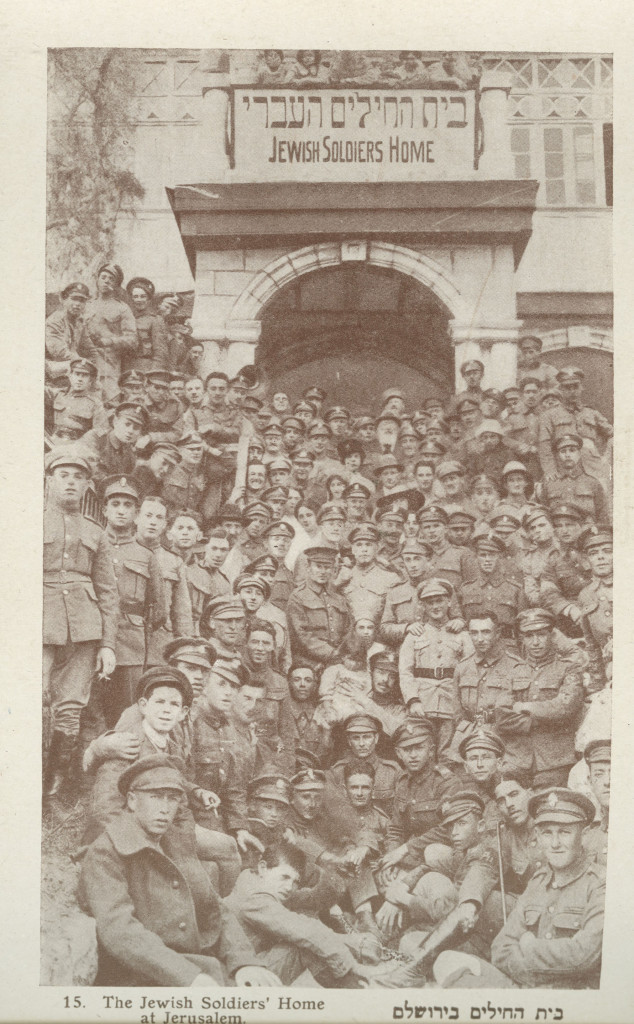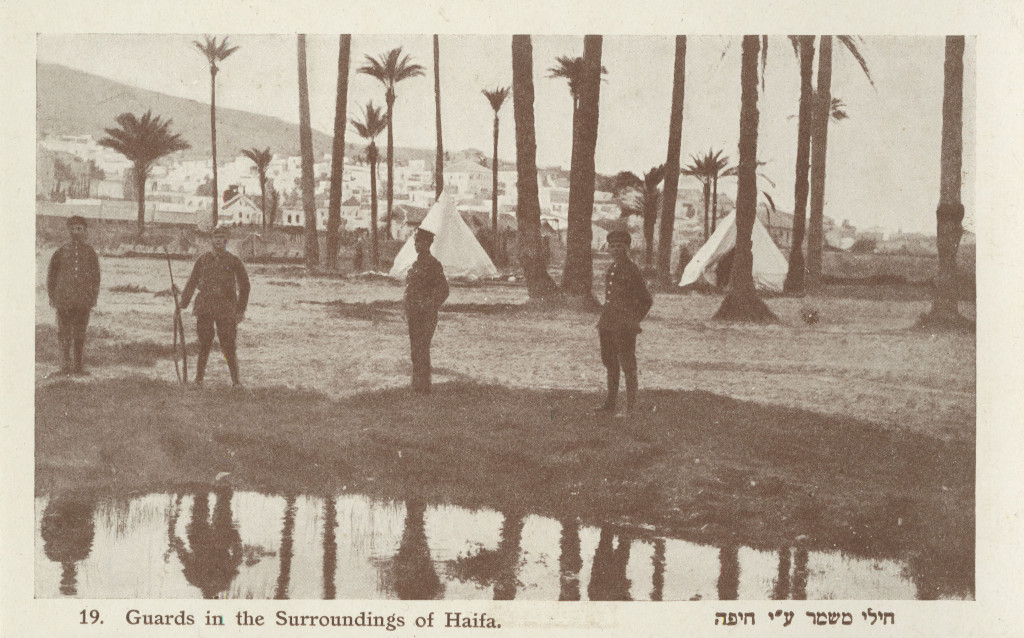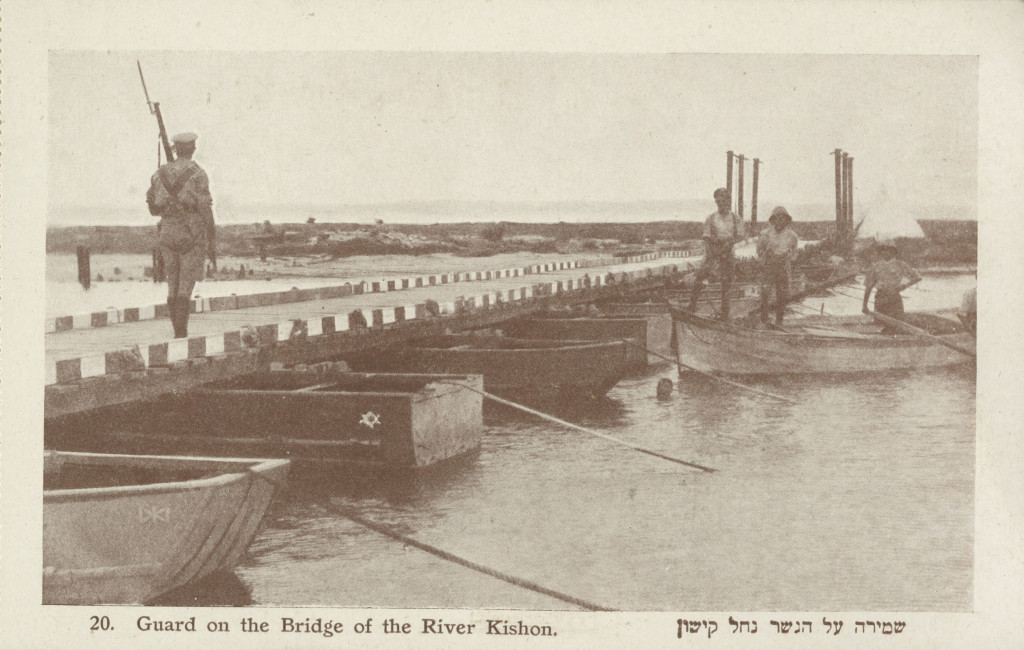The Lowcountry Digital Library has made available 725 additional prints from the William A. Rosenthall Judaica Collection. These prints come from portfolios covering the topics of synagogues (Germany, Italy, United States), ceremonies (life cycle and synagogal), ceremonies (calendrical and special), places (walls, ghettos, buildings), costumes (Africa), costumes (Moses, priests, ritual), portraits, cemeteries, and German-language caricatures.
Below, a sampling of the prints from these portfolios. To see all digitized prints, search the Lowcountry Digital Library: William A. Rosenthall Judaica Collection – Prints and Photographs.

Interior of the Hamburg Temple (Israelitischer Tempel) in the Poolstraße, which was inaugurated on September 5, 1844.

Exterior of the Neue Synagoge (New Synagogue) in Hannover.

Interior of the former location of Temple Emanu-El at 5th Avenue and 43rd Street in New York.

Mole Antonelliana in Turin. The structure was originally conceived as a synagogue.

Reading from the Torah. Signed by the artist Hermann Struck. The text reads : “Blessed be He, who in His holiness gave the Torah to his people Israel.”

A boy during his bar mitzvah ceremony. From the article “The Jews in America” by Alfred Trumble, published in the August 1877 edition of Frank Leslie’s Popular Monthly.

Marriage ceremony of Alphonse James de Rothschild and Leonora de Rothschild. Published in the March 14, 1857, edition of The Illustrated London News.

Jewish divorce. Etching by Jan Luyken. From Kerk-zeeden ende gewoonten die huiden in gebruik zijn onder de jooden by Leon Modena, published Amsterdam: Timotheus ten Hoorn.

Illustration by Alphonse Lévy depicting the Jewish mourning custom of sitting shiva. From La vie juive by David-Léon Cahun.

Yom Kippur in the Portuguese Synagogue in Amsterdam. Engraving by Abraham Jacobsz. Hulk after a drawing by Abraham Pietersz. Hulk. From Oude en tegenwoordige staat en geschiedenis van alle godsdiensten, Volume 1, by William Hurd, published Amsterdam: M. de Bruyn, 1781-1791.

Ceremony of Havdalah. From the article “The Jews in New York–II” by Richard Wheatley, published in the February 1892 edition of The Century Magazine.

Sukkot in the synagogue. With Hebrew text of Leviticus 23:40 : “And ye shall take you on the first day the fruit of goodly trees, branches of palm-trees, and boughs of thick trees, and willows of the brook, and ye shall rejoice before the Lord your God seven days.” Frontispiece to Maḥazor le-ḥag ha-Sukot ule-shabat she-betokho : ke-minhag Ashkenaz : meduyaḳ heṭev u-mevoʼar yafeh u-meturgam Ashkenazit, published Sulzbach: Buchdruckerey von S. Arnstein & Sohne.

The priestly blessing on Yom Kippur. From Libellus de Judaica confessione by Johannes Pfefferkorn, published Cologne: Johannes Landen.

Lighting a menorah on Hanukkah. From Philologus hebræo-mixtus by Johannes Leusden, published Ultrajecti : ex officinâ Francisci Halma.

Western Wall in Jerusalem. Etching signed by the artist Henri Le Riche.

Judenplatz in Vienna. Engraving by Johann Wenzel Zinke after Salomon Kleiner. Printed Vienna: F. Bauer.

Jewish quarter of Chelm. Etching signed by the artist Lionel S. Reiss. This work is alternately entitled “Palisades of the Poor – Chelm.”

Jewish quarter of Tétouan. Etching signed by the artist James McBey.

Israelitisches Krankenhaus Hamburg. Drawn, printed, and published Hamburg: Peter Suhr.

Jewish merchant from Algeria. Engraving by Monnin after Francois Claudius Compte-Calix. From Musée cosmopolite, published Paris: Ancienne Mon Aubert.

Jewish children from Algeria. Illustration by Louis Lassalle. Lithograph printed Paris: J. Rigo et Cie. From L’Algérie de la jeunesse by Christian Pitois, published Paris : Alph. Desesserts.

Married Jewish woman from Algeria. Wood engraving by Léopold Deghouy after Théodore Frère. From L’Afrique française by Christian Pitois, published Paris: A. Barbier.

Jewish woman from Algiers. Wood engraving by Pierre Verdeil after Hippolyte Louis Emile Pauquet. Published in Les Français peints par eux-mêmes, Volume 3.

Jewish women from Oran. Lithograph by E. de Laguerenne. From L’Art en province, published Moulins: P.-A. Desrosiers.

Jews from Tunis. Engraving by Edouard Willmann after Emile Rouargue. From La Méditerranée, ses îles et ses bords by Louis Enault, published Paris: Morizot.

Moses and the Ten Commandments. Mezzotint by Elias Christoph Heiss after Johann Jakob von Sandrart. Frontispiece to Biblia Ectypa : Bildnußen auß Heiliger Schrifft deß Alt- und Neuen Testaments by Christoph Weigel, published Augsburg: Weigel.

Moses receiving the Ten Commandments. Wood engraving by Richard Julius Jungtow after Julius Schnorr von Carolsfeld. From Die Bibel in Bildern : 240 Darstellungen, erfunden und auf Holz gezeichnet von Julius Schnorr von Carolsfeld, published Leipzig: Wigand.

Wood engraving by Howard Simon depicting Moses holding out his staff and the Israelites crossing the Red Sea.

Vestments of the Jewish high priest. Engraving by Johann Carl Joseph Störcklin. From Biblia, das ist: die gantze Heilige Schrifft Alten und Neuen Testaments, translated by Martin Luther, published Basel: Thurneysen.

Saul before the Jewish high priest. Engraving by Giovanni Bigatti. From Le Costume ancien et moderne, ou, Histoire du gouvernement, de la milice, de la religion, des arts, sciences et usages de tous les peuples anciens et modernes, Asia, Volume 3, by Giulio Ferrario, published Milan: De l’imprimerie de l’editeur, 1815-1829.

Vestments of a Jewish high priest. From Tableau historique des costumes, des moeurs et des usages des principaux peuples de l’antiquité et du moyen age, Volume 2, by Robert von Spalart, published Metz: Collignon.

Portraits of 40 rabbis throughout Jewish history, with a larger, central image of Maimonides. Includes Samuel Edels, Isaac ben Jacob Alfasi, Isaac Abravanel,the Maggid of Kozhnitz, the Vilna Gaon, Moses Sofer, Akiva Eger, Jonathan Eybeschütz, David Nieto, Dov Berush Meisels, Meir Leibush, Shimon Sofer, Mordecai Banet, Abraham Tiktin, Yechezkel Landau, and others.

Rabbi Gotthold Salomon.

The contest between boxer Daniel Mendoza and his former mentor Richard Humphries. The text reads : “This Boxing Match took place at Doncaster, Sept. 29th, 1790, on a Twenty four foot Stage and was the third Public Contest between those two pugilists. It lasted for about an Hour & five Minutes & was decisive in favour of Mendoza.”

Scenes from the execution by hanging of financier Joseph Süß Oppenheimer: his exit from Stuttgart under armed guard, above, and his hanging outside the city, below.

Josephus (born Joseph ben Matityahu).

Moses Mendelssohn.

Jewish peddler Mordechai Löb (1745-1817) of Schlüchtern, known as the “Preusje von Schlüchtern.

Chief Rabbi Maier Zipser (1815-1869).

Tomb of Absalom, Tomb of Benei Hezir, and Tomb of Zechariah in the Valley of Jehoshaphat (Kidron Valley) in Jerusalem.

Tombs of the Sanhedrin in Jerusalem.

Tomb of Zechariah in the Valley of Jehoshaphat (Kidron Valley) in Jerusalem.

Old Jewish Cemetery in Frankfurt am Main.

Jewish cemetery in Gorlice.

Black-and-white engraving depicting, above, Simon of Trent, whose disappearance and murder led to charges of blood libel against the Jewish community of Trent; below, an image of a Judensau (Jews’ sow). This engraving is a copy of a wall painting on the bridge tower of Frankfurt am Main; the bridge was demolished in 1801. “In 1475 on Maundy Thursday, the child Simon, who was 2 years old, was murdered by the Jews.” The text reads : “Oy vey Rabbi Anschl, oy, oy! Mausch, oy vey, oy, oy! Drink Mauchi, drink the milk! Eat, Rabbi, this filth! That’s your greatest delicacy!”

Hand-colored etching depicting a sentimental contemplation of the moon. The text reads : “Not blanched, not plated, / And yet such a magnificent gleam! / Oh, my soul is deeply moved / It must be made of silver!”

Hand-colored etching of a scene from Karl Borromäus Alexander Sessa’s satirical play “Unser Verkehr” (The Company We Keep). Etching after Johann Michael Voltz. The text reads : “Sir Corporal, Sir Officer, Sir General! Have mercy, have great mercy and don’t leave me under fire. I can’t stand it any more, I can’t endure it, I can’t smell the gun powder any longer, I am going to faint!”

Caricature of Moritz Mohl at a lectern during the 1848 Frankfurt Parliament, as other members of parliament approach him in anger. At the Frankfurt Parliament, Mohl argued against legal equality for Jews; he was constantly interrupted by other members of the assembly. Caricature by Alfons von Boddien. Lithograph printed Frankfurt am Main: Eduard Gustav May.

The text reads : –“Oh, God – Schmul – you’re also invited to rich Salomon’s — and don’t even have a clean shirt on?” –“You don’t either – !” –“You know what, you put my shirt on – and I’ll put on yours, that way it’ll look like we both just mixed up the laundry!”

Caricature published in the Düsseldorfer Monathefte, Band 9, No. 15. The text reads: –Ascher: “God forbid Isaac – I come upon you – in such company – so it’s true – you have beomce a goy – if Äti knew that – he would roll over in his grave.” –Isaac: “God – Nu Ascher – so what – in three weeks my brother will be a Christian as well – then Äti will roll over one more time – this way he will return to his original position.”




